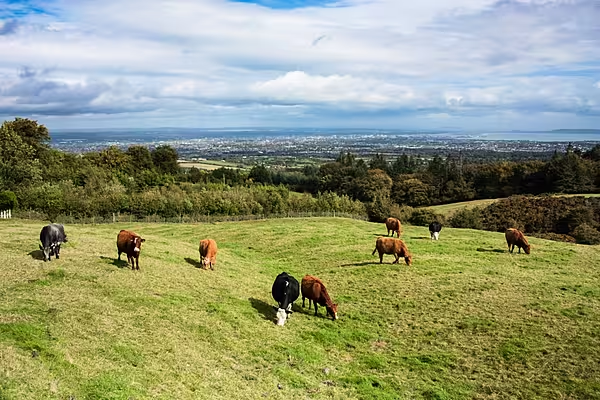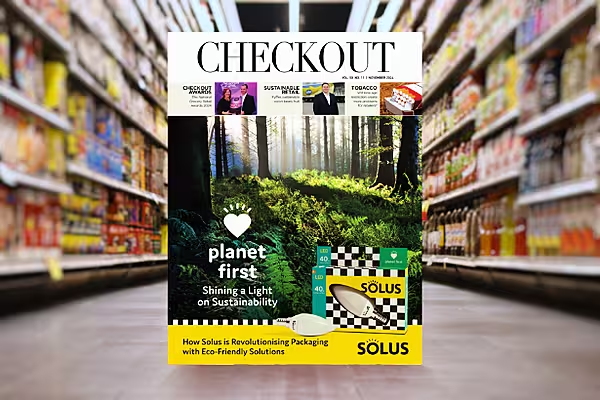There’s a new type of beef on the menu at Tir Na Nóg, an Irish pub in New York.
The sirloins, fillets, and other prime cuts come from grass-fed cows that live outdoors.
They get plenty of exercise, which makes the meat leaner. It has a stronger, almost gamey flavour. Sometimes it tastes as if it’s been grilled over charcoal, even when cooked in a regular oven.
At Tir Na Nóg, a rib-eye runs about $25—a little cheaper than the same cut of grass-fed U.S. beef. That’s because the meat is from Ireland. It’s the first time Irish steak has been sold in the U.S. in almost two decades. It used to be illegal. Remember mad cow disease?
Earlier this year, the US Department of Agriculture lifted the ban it placed on European beef in the wake of the 1996 outbreak of mad cow, which led to the infection of more than 200 people globally, the destruction of more than 4.5 million cattle, and countless steaks fearfully cooked well-done.
Now Ireland is trying to brand its beef as the next trendy meat, like Japanese Wagyu or dry-aged Texas tomahawk before it.
The country has been lobbying the US government for years to let it sell in the States, which is the largest consumer of beef in the world, with a per capita diet twice that of Europe.
Meanwhile, Ireland has 1.4 cows for every person. The only thing that’s stood in the way is mad cow, though “people have mostly forgotten about it,” says Karen Coyle, the North American envoy for the Irish Food Board, a government agency that promotes the country’s food and beverages. “When we talked to Americans, the problem never came up.”
Ireland is selling its meat mostly to US grocers, pubs, and restaurants in predominantly Irish neighborhoods. But the plan is to eventually target the Whole Foods set.
A promotional website, irishbeefusa.com, boasts that cattle have been roaming Ireland for 5,000 years. There are photographs of adorable, sprawling plots with green rolling hills where happy, sustainably raised animals graze.
The site brags that the same families have largely owned the country’s network of 120,000 farms for generations. The words “low carbon footprint” are used a lot. Irish beef also costs about 20 percent less at wholesale than US grass-fed beef, whose prices have jumped because of California’s drought.
Despite the meat’s beautiful provenance and cheaper price, Ireland is entering the US market cautiously. On June 11, the Irish Department of Agriculture, Food and the Marine announced that a dairy cow was suspected of dying of mad cow. It was terrible timing, having been discovered two weeks after the World Organisation for Animal Health, the international body that tracks outbreaks, declared the country at a “negligible risk” for the disease. The food board declined to discuss this, nor did it advertise that a conglomerate bringing the beef to the US, ABP Food Group, was one of the companies involved in a 2013 contamination scandal in Ireland involving horse and hamburger meat. ABP declined an interview request.
Winning over American cooks also won’t be easy. And restaurants with no Irish connections have yet to switch. “You can get great grass-fed beef from US cows, so it’s usually not worth it to import anything unless you’re talking about something really special, like from Japan,” says Bonnie Jenkins, manager of Keens Steakhouse in New York. Keens’s sister restaurant in Dublin uses Irish beef, though only from one specific butcher who raises his own cattle. As the new cuts start landing in U.S. supermarkets, the food board plans to conduct in-store taste tests to convince shoppers that Irish steak is discernibly better.
It doesn’t help, of course, that the country is often stereotyped for basically subsisting on potatoes. When the Irish Food Board polled Americans on their favorite Irish comestibles, respondents could only think of whiskey and Guinness, Coyle says. “You don’t immediately associate us with food.”
News by Bloomberg, edited by Hospitality Ireland.









